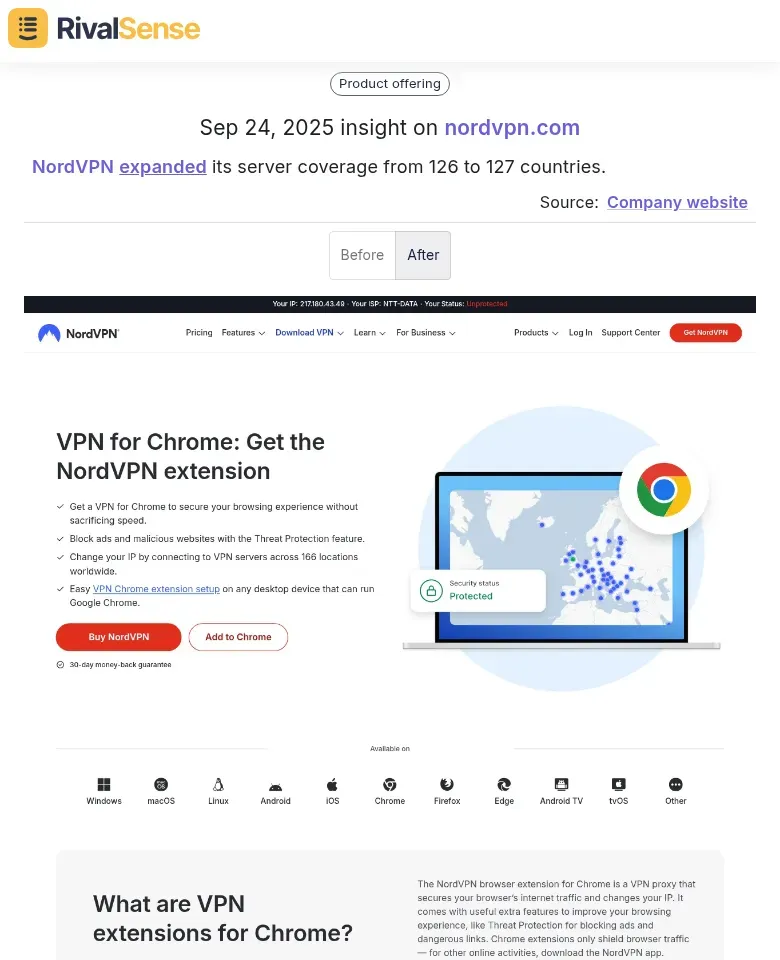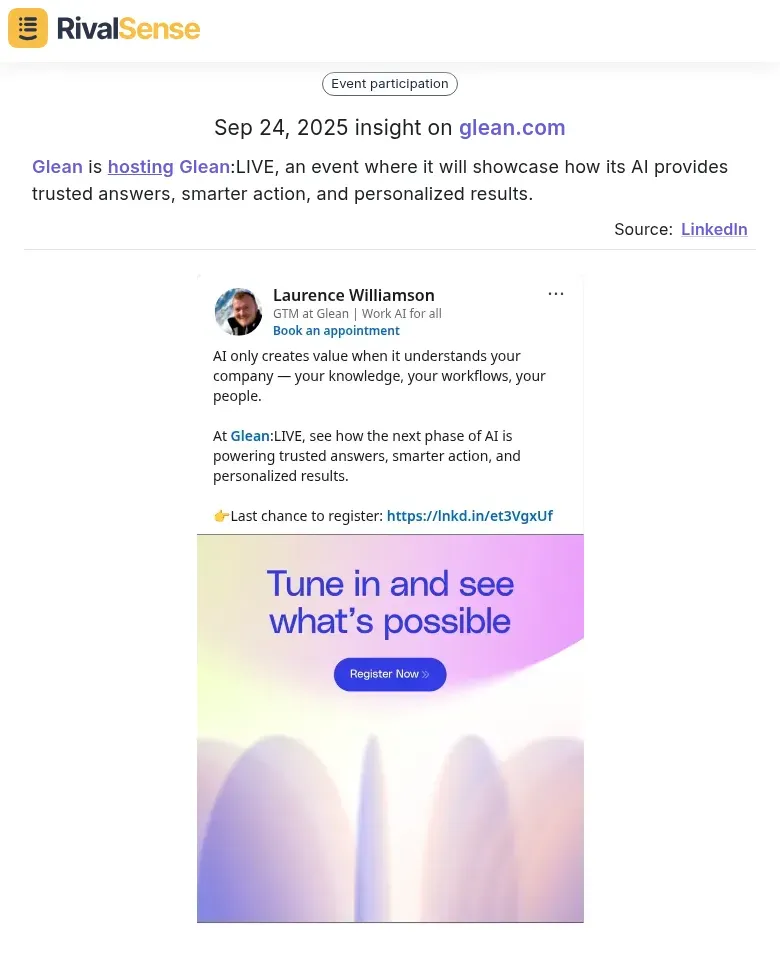5 Key Account Management Mistakes Influencer Platforms Must Avoid
In the competitive landscape of influencer platforms, key account management (KAM) is not just a support function—it's a strategic imperative for retaining high-value influencers who drive significant revenue. These top-tier creators often represent a disproportionate share of platform engagement and income; losing them to churn can lead to devastating financial losses and damage to brand reputation.
Poor account management, such as inconsistent communication or failing to address unique needs, erodes trust and pushes influencers to seek alternatives, directly impacting platform growth. To avoid this, start by implementing a proactive KAM strategy: regularly schedule check-ins, personalize interactions based on influencer goals, and use data analytics to anticipate issues before they escalate. This introduction sets the stage for exploring five common mistakes that, if avoided, can fortify relationships and fuel sustainable expansion.
Practical tip: Create a checklist for each key account to ensure no detail is missed:
- [ ] Conduct quarterly reviews
- [ ] Celebrate milestones
- [ ] Assess churn risks regularly
Mistake 1: Focusing on Tactical Deliverables Instead of Strategic Partnerships 🤝
In the fast-paced world of influencer marketing, platforms often prioritize short-term gains over long-term relationships. This mistake occurs when account managers focus solely on tactical deliverables like campaign KPIs, neglecting the deeper strategic partnerships that foster loyalty and growth.
For example, if a platform only emphasizes quick turnarounds without understanding an influencer's goals—such as audience growth or brand alignment—it fails to align its features to support those objectives. This oversight can lead to high churn rates as influencers seek platforms that offer more holistic support.
To avoid this, shift from a transactional to a consultative approach. Actionable steps include:
- Conducting regular check-ins to discuss influencers' broader aspirations
- Using data analytics to personalize recommendations (e.g., suggesting content strategies based on performance trends)
- Training account managers to act as trusted advisors who uncover upsell opportunities like premium analytics or exclusive partnerships
Insight Example: Tracking competitor partnerships can reveal strategic moves that inform your own approach. For instance, when OpenAI and SAP launched Sovereign OpenAI for Germany on September 24, it highlighted a focus on secure, localized AI solutions. Monitoring such partnerships helps you anticipate market shifts and align your strategies to stay competitive.

Why it's valuable: Understanding partnership launches enables you to identify alliance opportunities or threats, ensuring your platform remains relevant in evolving markets.
Mistake 2: Being Reactive to Influencer Needs Rather Than Proactive 🚀
Waiting for influencers to report issues before taking action is a common pitfall that erodes trust and misses growth opportunities. A proactive approach involves anticipating challenges and addressing them early to maintain strong relationships and reduce attrition.
For example, by using competitor tracking tools like RivalSense, you can monitor trends such as payout complaints on rival platforms, allowing you to optimize your processes before problems arise. Neglecting regular check-ins and strategic reviews leaves you vulnerable to unexpected market changes.
Implement a proactive strategy with this checklist:
- [ ] Schedule bi-weekly touchpoints with top influencers
- [ ] Use data analytics to predict churn risks based on engagement drops
- [ ] Hold monthly strategy sessions to align on initiatives like feature updates or partnership announcements
Lack of proactive communication about new opportunities can push influencers to alternatives. Tips: Send personalized updates before launches, host webinars to demo benefits, and leverage competitive intelligence to highlight your unique advantages.
Insight Example: Monitoring product updates from competitors helps you stay ahead of feature trends. For instance, NordVPN expanded its server coverage from 126 to 127 countries, demonstrating continuous improvement. This type of insight allows you to benchmark your offerings and innovate proactively.

Why it's valuable: Tracking product expansions helps you identify gaps in your own platform, enabling you to enhance features and retain influencers by meeting evolving expectations.
Mistake 3: Inadequate Personalization and Generic Account Handling 🎯
Using a one-size-fits-all approach for diverse influencer segments is a critical error that leads to disengagement and high churn rates. Influencers have unique goals, such as brand collaborations or audience growth, and generic handling fails to address these individual needs effectively.
For instance, a beauty influencer focused on product reviews requires different resources than a travel influencer seeking sponsorships. Failing to tailor support, communication, and tools to these specifics results in missed loyalty-building opportunities.
Avoid this mistake with personalized strategies:
- Segment influencers based on criteria like niche, follower size, and engagement rates
- Use data analytics to understand objectives (e.g., track campaign performance for customized advice)
- Personalize communication by referencing past interactions and goals in emails
- Provide tailored resources, such as exclusive workshops for growing influencers
Practical tip: Solicit feedback through surveys to adapt your approach continuously. Building genuine rapport through one-on-one check-ins can reduce attrition by up to 30% in competitive markets.
Mistake 4: Poor Use of Technology and Data for Account Insights 📊
Relying on generic CRMs that lack influencer-specific metrics forces account managers to waste time on manual data compilation instead of strategic activities. This mistake hinders the ability to nurture relationships, identify upsell opportunities, or predict churn risks accurately.
For example, basic CRMs might log interactions but miss critical data like follower growth or campaign ROI, leading to superficial insights. This limits your capacity to proactively address influencer needs and drive revenue.
Optimize your tech stack with these steps:
- Audit current tools for gaps in tracking engagement rates, audience demographics, or performance trends
- Invest in specialized platforms like RivalSense for competitor tracking or influencer-focused analytics tools
- Implement automated reporting to free up time for value-added activities
- Train teams on data interpretation to derive actionable insights for retention and growth
Insight Example: Events from competitors offer insights into engagement strategies. For instance, Glean hosting Glean:LIVE showcases how they use events to demonstrate AI capabilities. Monitoring such activities helps you refine your own event planning and communication tactics.

Why it's valuable: Tracking event participations reveals how competitors build community and launch products, providing ideas to enhance your platform's influencer engagements and marketing efforts.
Mistake 5: Neglecting to Demonstrate and Communicate Value Clearly 💎
Failing to regularly report on ROI and platform benefits makes influencers feel undervalued, leading to dissatisfaction and churn. This mistake often stems from not showcasing success stories or being transparent with key metrics that influencers rely on for their strategy optimization.
For example, without clear communication on metrics like reach or conversions, influencers may question the partnership's effectiveness. This lack of transparency can damage trust and push them to seek platforms that offer better visibility into their performance.
Implement a structured communication plan:
- Schedule quarterly value reports detailing ROI, using tools like Google Analytics to automate data collection
- Include personalized success stories (e.g., case studies where influencers achieved significant sales boosts)
- Use visual aids like infographics to make data digestible
- Solicit feedback to ensure clarity and relevance
Checklist for each report:
- [ ] Summarize key metrics (e.g., engagement, revenue)
- [ ] Highlight platform-specific benefits (e.g., exclusive features)
- [ ] Provide actionable feedback for improvement
Proactive transparency reinforces long-term loyalty and trust.
Ready to avoid these mistakes and strengthen your influencer relationships? Try RivalSense for free at https://rivalsense.co/ to get your first competitor report today! Gain insights into product launches, partnerships, events, and more to proactively manage your accounts and stay ahead in the competitive landscape.
📚 Read more
👉 How XTX's TernFS Open Source Move Revealed ML Strategy Gaps
👉 Advanced API Tactics for Key Account Competitor Intelligence
👉 Beginner's Guide to Printing Industry Competitive Benchmarking
👉 Competitor Media & Content Insights Checklist for Strategic Account Tracking
👉 How to Use Competitor Personnel Moves for Strategic Insights
